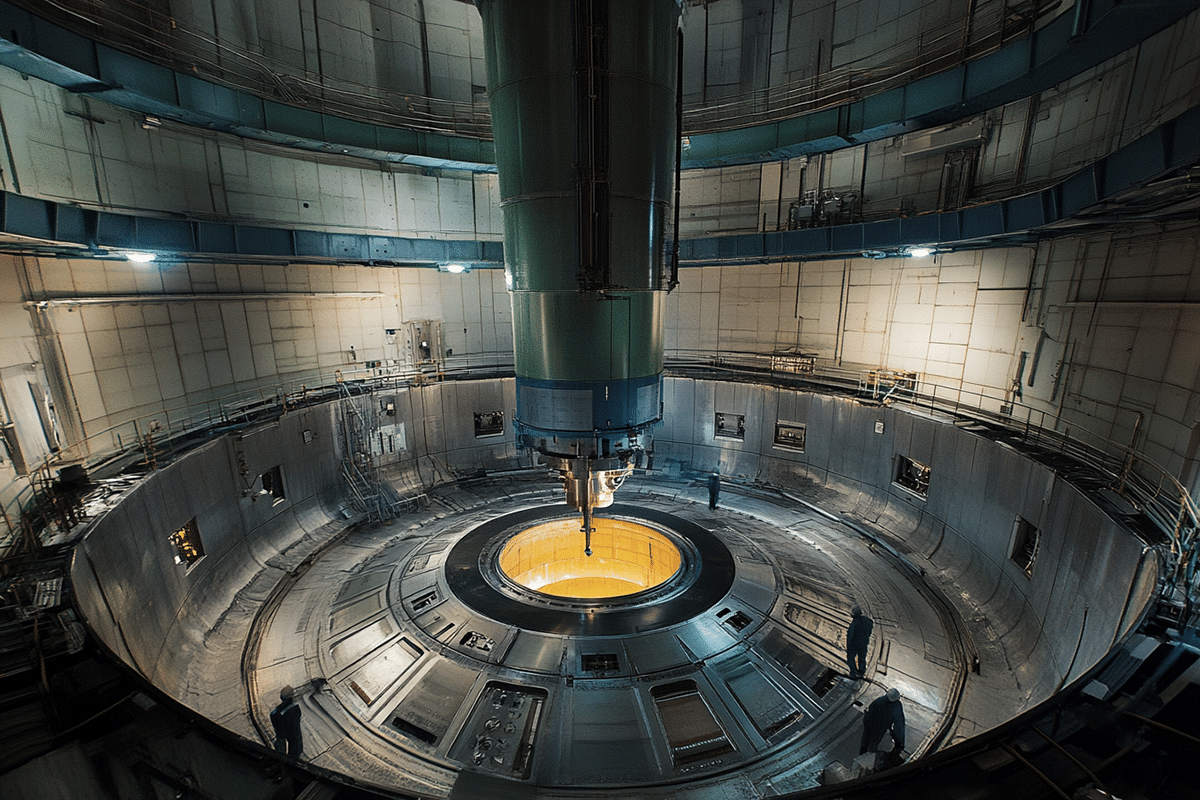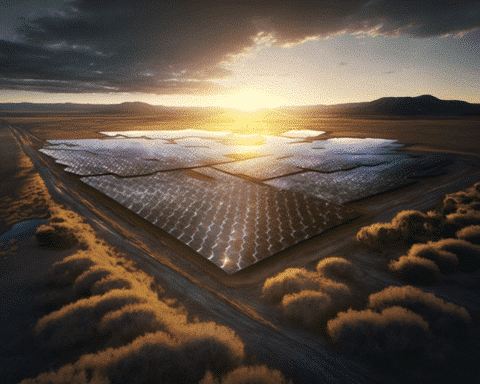Humanity’s quest for sustainable energy has long been inspired by the Sun’s immense power. While harnessing sunlight through solar technology has advanced significantly, replicating the Sun’s energy process through nuclear fusion remains a tantalizing goal. Central to this effort are tokamaks, devices designed to mimic the fusion occurring at the core of stars. However, their potential as a future energy source is surrounded by technical, economic, and practical challenges.
How Tokamaks Work
Tokamaks are machines engineered to contain plasma, a superheated state of matter where electrons are stripped from atoms. This plasma is confined in a donut-shaped (torus) chamber using powerful magnetic fields to prevent energy loss and physical damage to the device. The ultimate goal of this setup is to enable atomic nuclei to fuse, producing energy in a controlled environment.
Achieving fusion requires extraordinarily high temperatures and pressures. The magnetic fields used to stabilize the plasma must be enormous, generated by wrapping the tokamak in conductive coils carrying vast currents. Additional energy inputs, such as lasers or ion beams, are used to trigger the fusion process, forcing atomic nuclei close enough to overcome their natural repulsion.
When successful, the fusion of small atoms, like deuterium and tritium, releases energy as heat. This heat could theoretically be captured to drive turbines and produce electricity. However, converting this energy while managing the extreme conditions inside the tokamak presents a significant engineering challenge.
Current Limitations
Despite decades of research and investment, tokamaks have yet to produce more energy than they consume. The process demands immense energy to heat and contain the plasma and initiate fusion. Although experiments have achieved nuclear fusion, the energy output remains insufficient for practical use.
In 2022, a non-tokamak facility demonstrated fusion with a net energy gain during a single stage of the reaction. However, the total energy required to power the system and capture the output highlighted the gap between laboratory success and real-world application. Similar challenges face tokamaks, where efficiency losses in heat capture and electricity conversion further complicate scaling the technology.
Economic and Competitive Hurdles
Fusion power has long been heralded as the future of energy due to its promise of nearly limitless, clean energy. Unlike fossil fuels, fusion relies on abundant resources like deuterium, extracted from seawater, and produces minimal waste. However, the costs of building and maintaining tokamak reactors are staggering. Initial reactors are expected to cost tens of billions of dollars, making them far less competitive than renewable energy sources like solar and wind.
Renewable technologies have consistently decreased in cost and increased in efficiency over the last 50 years. Today, solar panels and wind turbines offer scalable, affordable solutions that continue to dominate global energy markets. Even with its ability to generate power continuously, fusion must prove significantly more cost-effective to rival these established options.
Future Potential of Tokamaks
While fusion power is unlikely to become a widespread energy source in the near term, it could play a critical role in specific scenarios. For instance, tokamaks may be valuable in regions with limited access to sunlight or wind, such as near the Arctic Circle. They could also become essential for space exploration, providing energy for missions far from the Sun’s reach.
Despite the hurdles, progress continues. The technical expertise gained through tokamak research informs advancements in plasma physics and materials science. These innovations could pave the way for breakthroughs in fusion technology, even if practical applications remain decades away.
The Road Ahead
The vision of fusion as an energy solution has evolved since the 1950s when it was seen as the key to “energy too cheap to meter.” Today, the rise of renewables has shifted the energy landscape, emphasizing cost and practicality over theoretical abundance. For tokamaks to succeed, they must overcome efficiency challenges, reduce costs, and deliver substantial energy output.
Fusion power remains a compelling possibility for the future, but its role in global energy production will depend on whether it can outpace the rapid development of renewable technologies. Until then, tokamaks stand as a testament to human ingenuity, striving to replicate the Sun’s brilliance here on Earth.




